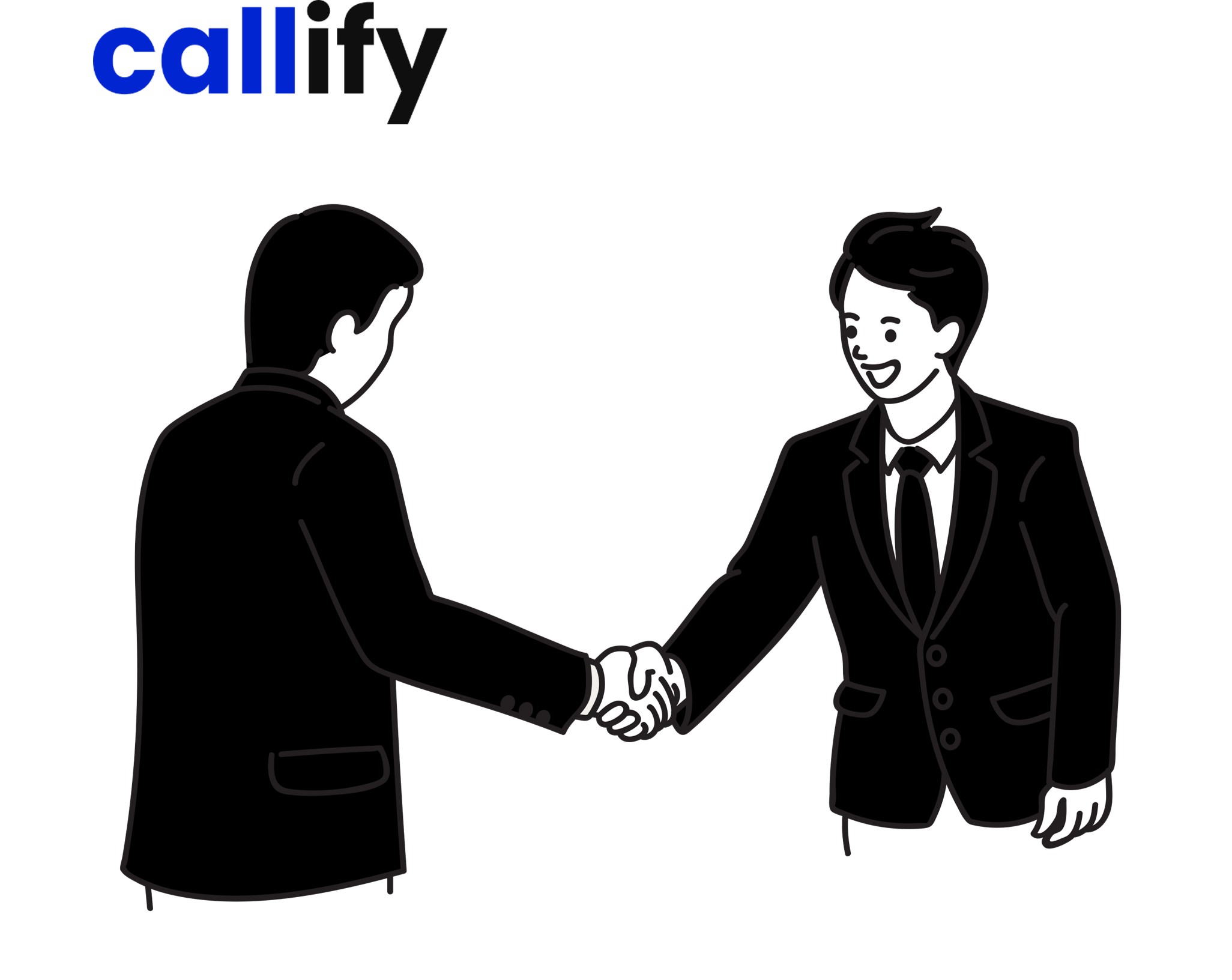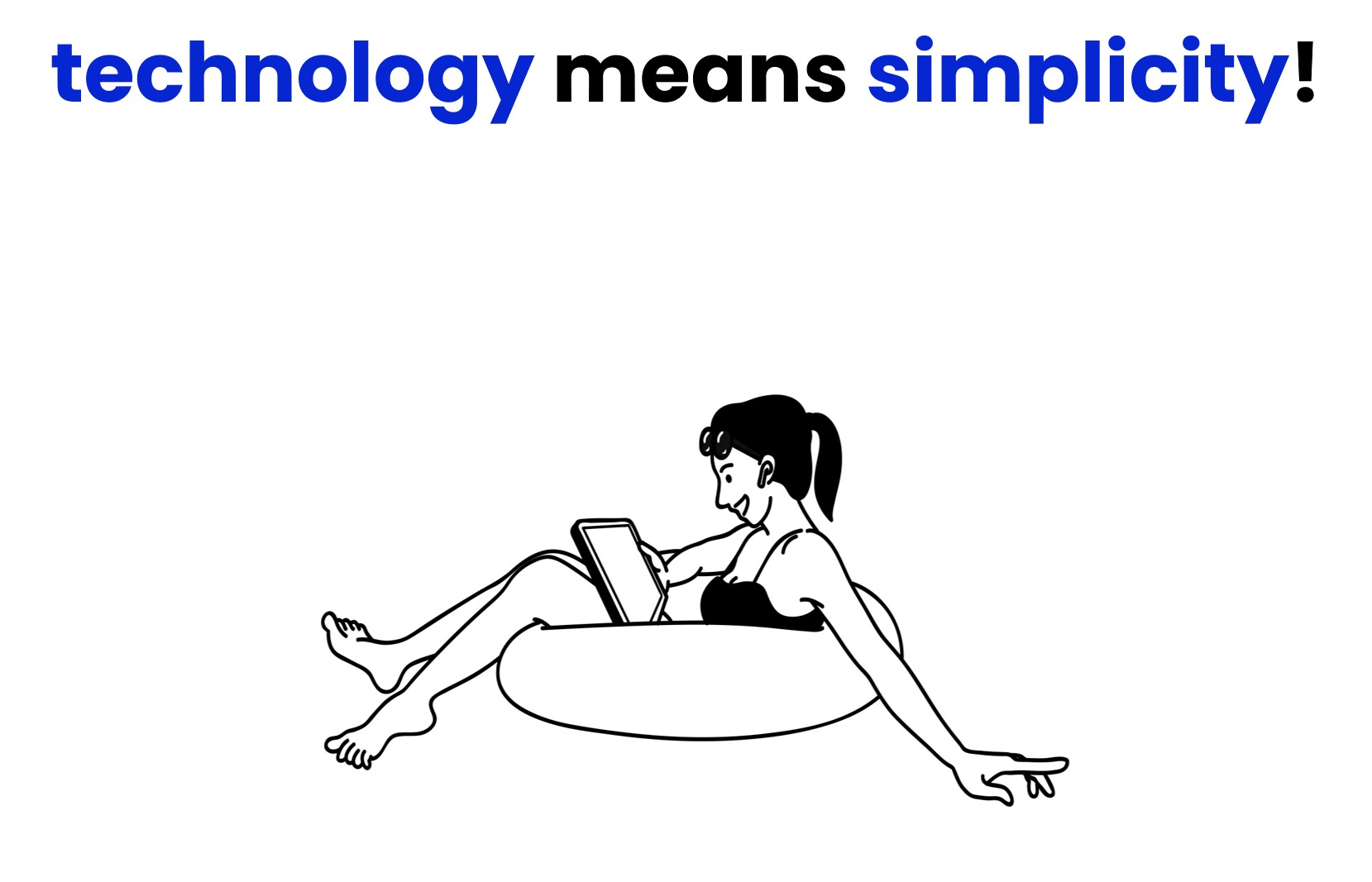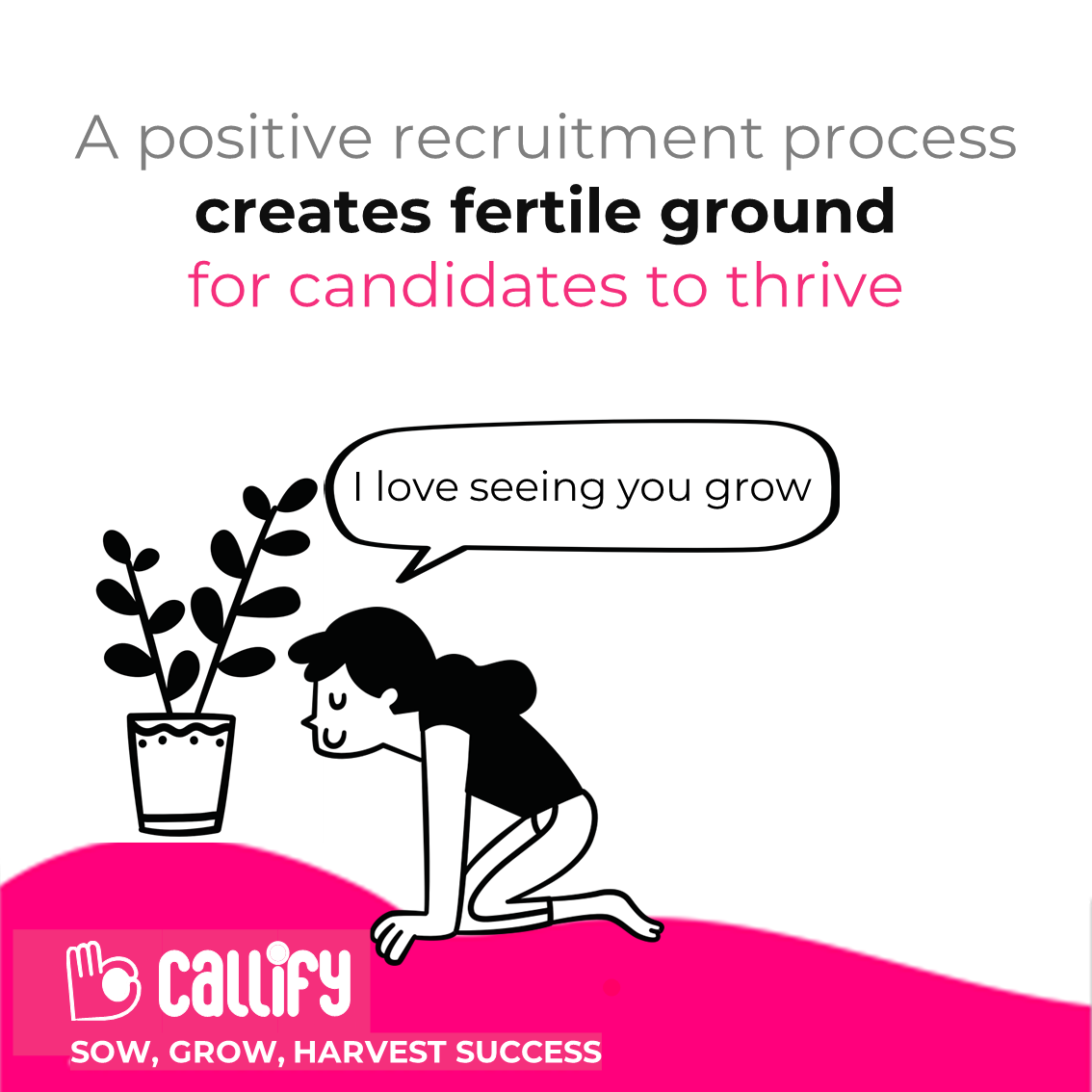Difference between Needs and Wants in HR Tech?

There was an article on financial security in the weekend news daily about how ‘urge to splurge’ without adequate savings causes harm to long-term wealth creation. It further went on to define how it is prudent to spend on Needs (essential for survival) vs Wants (feel happy to do it but not essential – splurge).
If we apply the above analogy to HR Tech spends in the recent past, we will observe why many HR Leaders burnt their fingers focusing on their wants rather than needs. Here’s our view based on our primary research…
Mid 2017 to the end of 2018, there was a flurry of activity within the HR Tech space. Most HR leaders had got a mandate to explore recruitment technology to enhance efficiency, become nimble & agile and achieve exponential productivity; ultimately impacting cost-per-hire. With the buzz of AI and Machine Learning; most HR leaders met with product vendors that promised AI/ML to address most of the above goals. There were conferences, seminars, trade shows around HR Tech and many HR Leaders flocked to these to understand the ecosystem and talk to peers in the industry. AI & ML had become a fashion statement. HR Leaders would feel small if they hadn’t already invested in some AI/ML to not only demonstrate to internal stakeholders, but to their industry peers. Not to mention to further strengthen their own CVs.
Come 2019, while the AI/ML frenzy does continue; the mood is not so upswing as it was earlier. Although the HR Leaders continue to flock the conferences and trade shows; but only to verify from the peers whether the AI/ML investments they made worked for them or not. Because for the majority the AI/ML did not live up to the promise. In a country where professional commitments and values are not critical, AI/ML can do very little or worst behave more unpredictably than the process it was implemented for; with a view to make it more predictable.
On the Sourcing front, AI/ML has not delivered because its not necessarily the skills, salary or location match that is adequate to hire someone. It depended on the knowledge retained by the recruiter of what will work keeping in mind company nuances and hiring manager preferences.
On CV stack ranking again AI/ML has not delivered comprehensively because of the challenge of ‘Good CV, but candidate not meeting that goodness Or Bad CV, but with a probability of a missed good candidate’ syndrome.
ChatBots have worked in the employee helpdesk area the most. AI text conversational chat has eased a lot of employee interaction with the HR. Mind you, however, unless such chatbots were very tightly integrated with the internal systems (Applicant Tracking Systems or HRMS), it would not deliver the required employee experience. ChatBots have definitely not worked in the talent acquisition space. Irrespective of whether they came with fancy names like ‘Cognitive Autonomous Bots or Convolutional Neural network based Bots or Conversational Speech AI based bots’.
To summarize the essence of this blog; many HR Leaders spent large amounts of money and time on AI-driven HR Tech without truly understanding whether they needed such solutions or was it just a ‘want’ to appease self and other stakeholders; who unfortunately will eventually demand a concrete ROI.
There is a growing trend however now; HR Leaders are truly first assessing what they need and exploring HR Tech that map well with their needs, are quick to implement, has AI in recruitment that automates a process rather than decisions; delivers instant ROI and makes the existing process hugely fast; leaving the real ‘intelligence’ to be managed by the recruiters and HR teams.






